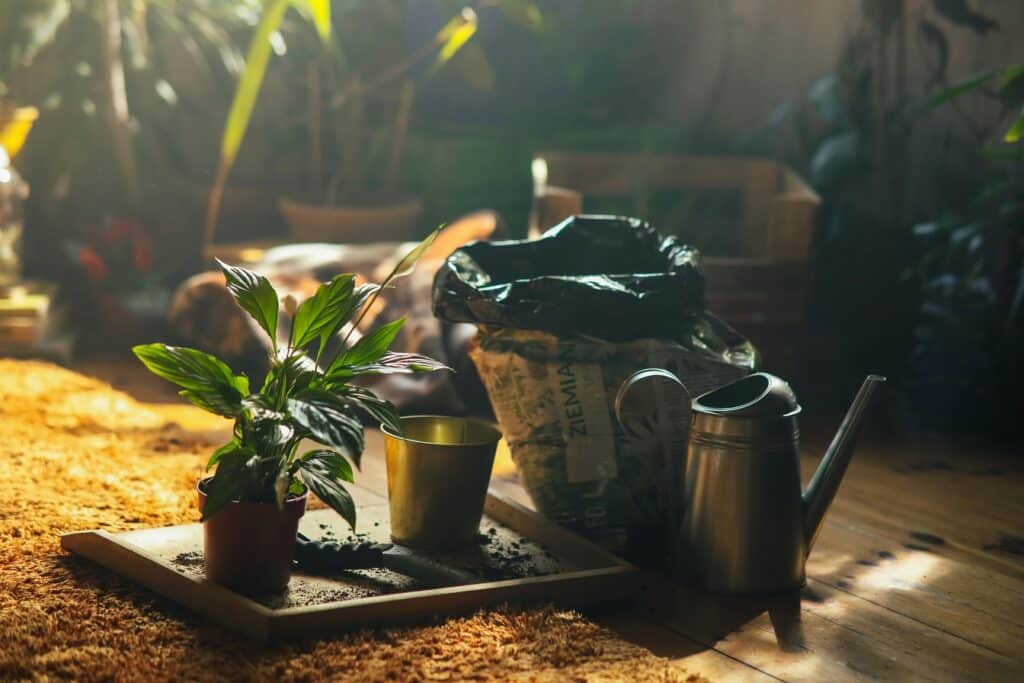Wondering why your money tree leaves are turning brown? Explore the top reasons and effective remedies to maintain a healthy and vibrant money tree plant.
Have you noticed that the leaves of your money tree leaves turning brown? If so, you’re probably wondering why this is happening. In this article, we’ll explore the reasons behind the browning of money tree leaves and discuss some simple tips to help you revive your plant back to its healthy, vibrant state. So, if you’re eager to restore the beauty of your money tree and ensure its longevity, keep reading!
Understanding the Money Tree Plant
Overview and Origin of the Money Tree
The Money Tree, also known as Pachira aquatica, is a tropical plant native to Central and South America. It has gained popularity as a houseplant due to its unique braided trunk and lush, palm-like foliage. The plant is believed to bring good luck, prosperity, and positive energy, which is why it is often placed in homes and offices.

Symbolic Importance of the Money Tree
The Money Tree holds significant symbolic importance in various cultures. It is commonly associated with wealth, abundance, and good fortune. According to the principles of Feng Shui, the Money Tree enhances positive energy flow and attracts financial success. Additionally, the five leaves on each stem of the Money Tree symbolize the five elements of Feng Shui – earth, wood, water, metal, and fire.
Physical Attributes and Growth Patterns
The Money Tree is characterized by its vibrant green, glossy leaves and its thick, braided trunk. The leaves are composed of five to seven leaflets and are arranged in an alternating pattern along the stems. When provided with optimal conditions, the Money Tree can grow to a height of six to eight feet indoors. Its growth pattern is generally slow, making it a great choice for those who prefer low-maintenance plants.
Ideal Conditions for a Money Tree
Sunlight and Temperature Preferences
To ensure the health and vitality of your Money Tree, it is important to provide it with the right amount of sunlight. Ideally, it should be placed in a location that receives bright, indirect light. Direct sunlight can scorch the leaves, while inadequate light can lead to poor growth and pale foliage. As for temperature, the Money Tree thrives in average room temperatures between 60°F and 75°F (15°C and 24°C).
Watering and Humidity Standards
Proper watering is crucial for the well-being of the Money Tree. It is best to allow the top inch of the soil to dry out between watering sessions. Overwatering can lead to root rot and other issues, while underwatering can cause the leaves to turn brown and dry out. The Money Tree also appreciates moderate humidity levels, so consider using a humidifier or placing a tray with water and pebbles near the plant to increase humidity.
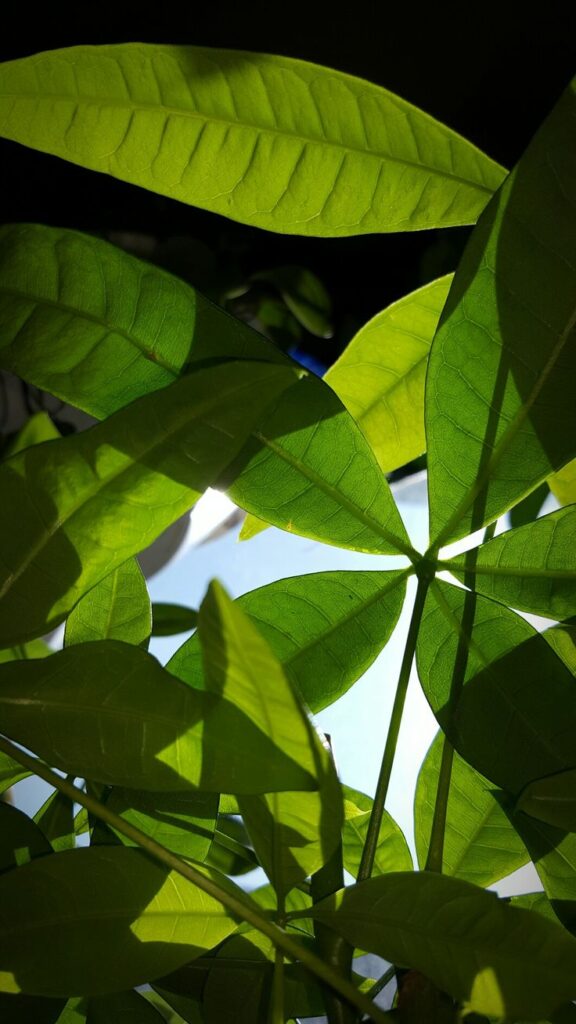
Soil and Potting Preferences
The Money Tree thrives in well-draining soil that retains some moisture. A mix of potting soil and perlite or sand can provide the ideal growing medium. When potting the Money Tree, choose a pot with drainage holes to prevent waterlogging. Transplanting is usually required every two to three years to ensure the plant has enough space to grow and develop a robust root system.
Common Symptoms of an Unhealthy Money Tree
Spotting Early Signs of Distress
To keep your Money Tree thriving, it is important to be attentive to its wellbeing and be able to recognize the early signs of distress. Some common indicators of an unhealthy Money Tree include wilting leaves, yellowing foliage, and a general lack of vigor. By catching these signs early on, you can take prompt action to address any issues and prevent further damage.
Deciphering Changes in Leaf Color and Texture
The leaves of a healthy Money Tree should be vibrant green and glossy. Any changes in color or texture can be indicative of underlying problems. Brown leaves, for example, may indicate issues such as over or under watering, poor light conditions, or nutrient deficiencies. Paying close attention to these changes can help you determine the cause of the plant’s distress and take appropriate steps to remedy the situation.
Other Indicators of a Struggling Plant
In addition to changes in leaf color and texture, there are other signs that your Money Tree may be struggling. Drooping leaves, soft or mushy stems, and a general lack of growth can all be indications of a plant in distress. It is important to assess the overall health of the plant and consider its growing conditions to ensure its long-term survival.
Reasons for Money Tree Leaves Turning Brown
Effects of Over or Under Watering
One of the most common causes of Money Tree leaves turning brown is improper watering. Overwatering can suffocate the roots, leading to root rot and browning of the leaves. On the other hand, underwatering can cause the plant to become dehydrated, resulting in dry, brown leaves. Finding the right balance in watering is key to maintaining the health of your Money Tree.
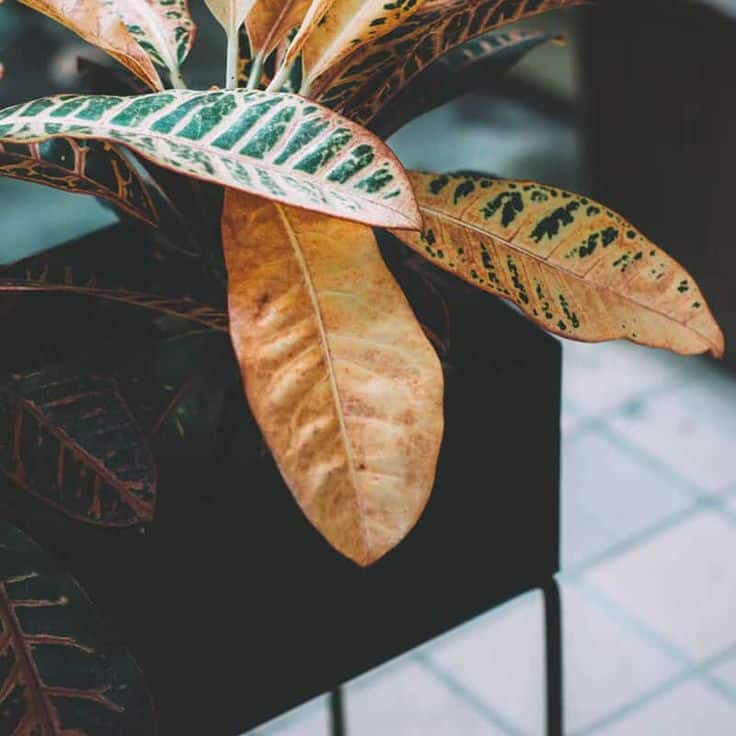
Implication of Poor Light Conditions
Insufficient or excessive light exposure can also cause the leaves of the Money Tree to turn brown. If the plant is not receiving enough light, it may struggle to photosynthesize and produce energy, resulting in browning leaves. Conversely, if the plant is exposed to too much direct sunlight, the leaves can become scorched and damaged, leading to browning as well.
Consequences of Extreme Temperature or Cold Draughts
The Money Tree is a tropical plant that prefers warm and consistent temperatures. Exposure to extreme temperature fluctuations or cold draughts can cause stress to the plant, resulting in brown leaves. It is important to keep the plant away from drafts and ensure it is not placed near cold windows or air conditioning vents.
Impact of Inadequate or Poor Quality Soil
The quality of the soil and its ability to provide nutrients and drainage can greatly impact the health of the Money Tree. Soil that is compacted, lacks nutrients, or retains excessive moisture can lead to browning of the leaves. Using well-draining, nutrient-rich soil and ensuring proper drainage in the pot can help prevent these issues.
Impact of Pests or Disease
Common Pests Affecting Money Tree
Like any other plant, the Money Tree is susceptible to pests. Common pests that can infest a Money Tree include mealybugs, spider mites, and scale insects. These pests can cause damage to the leaves, leading to discoloration and browning over time. Regular inspection and prompt treatment can help mitigate the impact of pests on your Money Tree.
Typical Diseases Encountered by Money Trees
Money Trees can also be affected by certain diseases, such as fungal infections and root rot. These diseases can weaken the plant’s overall health and cause browning of the leaves. Adequate air circulation, proper watering practices, and good hygiene can help prevent the onset and spread of diseases.
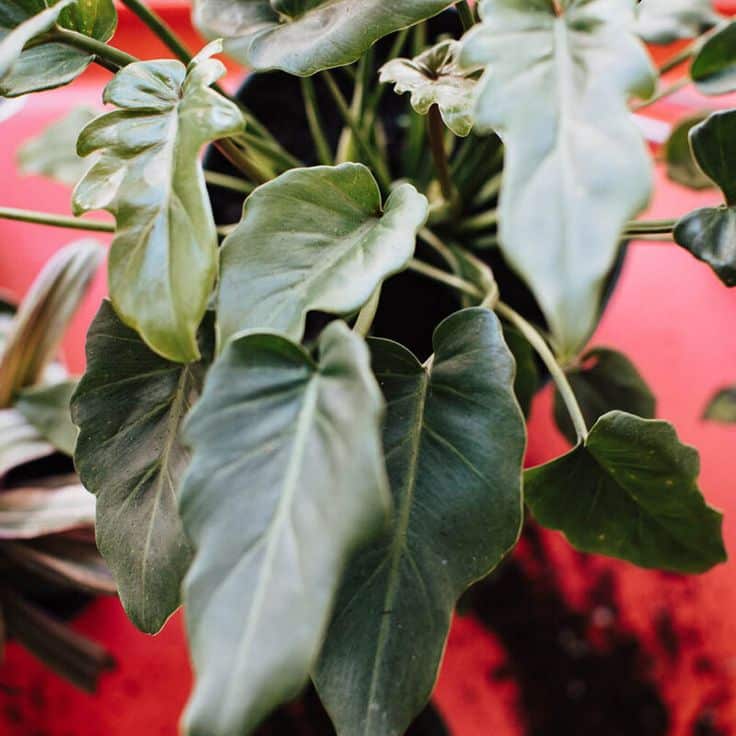
Effects of Pests or Disease on Leaf Color
Both pests and diseases can have a noticeable impact on the color and appearance of Money Tree leaves. Pests may leave behind a sticky residue, cause discoloration, or create small holes in the leaves. Diseases, on the other hand, can lead to wilting, yellowing, and browning of the leaves. Identifying and treating these issues promptly can help restore the health of the plant and prevent further leaf damage.
Importance of Proper Fertilization
Recommended Type of Fertilizer for Money Trees
Fertilizing your Money Tree is essential for providing the necessary nutrients it needs to thrive. A balanced, water-soluble fertilizer with a ratio of 10-10-10 or 20-20-20 is generally recommended for Money Trees. This type of fertilizer provides a balanced mix of nitrogen, phosphorus, and potassium, promoting healthy leaf growth and overall plant vigor.
Ideal Fertilization Schedule
When it comes to fertilizing your Money Tree, moderation is key. Over-fertilizing can lead to nutrient burn and cause the leaves to turn brown. It is best to follow the instructions on the fertilizer packaging and apply it every two to four weeks during the growing season, which typically occurs from spring to summer. During the dormant period in winter, fertilization should be reduced or stopped altogether.
Potential Effects of Over or Under Fertilization
Over-fertilizing can have detrimental effects on the health of your Money Tree. Excess nutrients can build up in the soil, leading to toxicity and nutrient imbalances. This can result in browning of the leaves, leaf drop, and overall decline in the plant’s condition. On the other hand, under-fertilizing can lead to nutrient deficiencies, causing the leaves to turn yellow or brown. Finding the right balance is crucial for maintaining the health of your Money Tree.
Effect of Over or Under Pruning
Proper Pruning Guidelines for a Money Tree
Pruning is an important aspect of money tree leaves turning brown, but it should be done properly to avoid causing stress or damage to the plant. When pruning a Money Tree, it is recommended to trim back any dead, diseased, or damaged branches or leaves. Additionally, you can shape the plant by selectively pruning branches to maintain its desired form. Always use clean, sharp pruning shears to make clean cuts and minimize the risk of infection.
Consequences of Incorrect Pruning
Improper pruning techniques can have negative consequences for your Money Tree. Removing too many leaves or branches at once can shock the plant, leading to stress and browning of the leaves. Additionally, using dull or unclean pruning tools can create jagged cuts that are prone to infection. It is important to prune your Money Tree with care and follow proper techniques to avoid unnecessary damage.
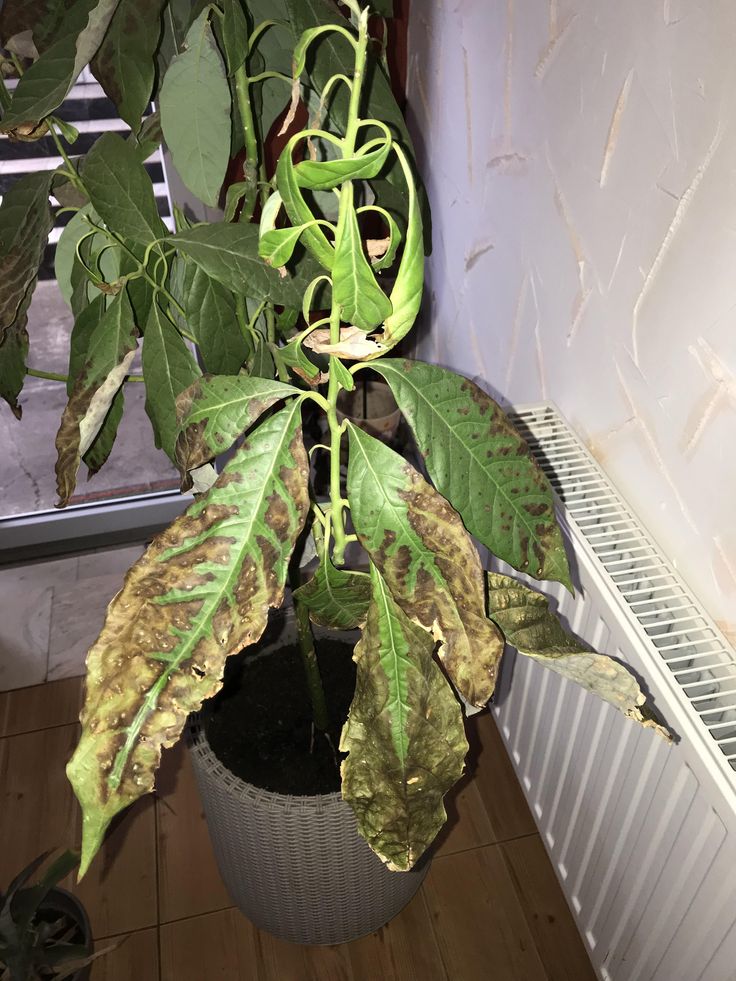
How Pruning Influences Leaf Health
Pruning plays a significant role in maintaining the overall health of a Money Tree. Removing dead or dying leaves and branches can prevent the spread of diseases and enhance the plant’s appearance. Proper pruning also helps improve airflow and light penetration, reducing the risk of fungal infections and promoting healthier leaf growth. By pruning your Money Tree correctly, you can ensure that it remains vigorous and vibrant.
Reviving a Money Tree with Brown Leaves
Immediate Steps to Take When A Money Tree Shows Stress
If your Money Tree is showing signs of distress, such as brown leaves, immediate action should be taken to revive it. Start by assessing the plant’s growing conditions, including light, water, and temperature. Adjust these factors accordingly to provide the optimal environment for the Money Tree. Additionally, consider repotting the plant if necessary, ensuring it has well-draining soil and a properly sized pot. Trimming off any severely damaged or diseased leaves can also help redirect energy to healthier parts of the plant.
Long-term Care Strategies for a Healthier Money Tree
To promote long-term health in your Money Tree, it is important to establish a consistent care routine. This includes providing the right amount of light, watering appropriately, fertilizing as needed, and addressing any pest or disease issues promptly. Regularly inspect the plant for any signs of distress or changes in leaf color and texture. With proper care and attention, your Money Tree can recover from brown leaves and thrive once again.
Anticipated Recovery Timeline
The recovery timeline for a money tree leaves turning brown can vary depending on the severity of the damage and the effectiveness of the corrective measures taken. In general, you can expect to see improvements within a few weeks to a couple of months. However, it is important to be patient and consistent in your care efforts, as it may take some time for the plant to fully recover and regain its healthy appearance.
Preventive Measures to Avoid Brown Leaves
How Regular Plant Observation Can Help
Regular observation is key to preventing brown leaves in your Money Tree. By closely monitoring the plant’s growth, you can detect any early signs of distress and take immediate action. Pay attention to changes in leaf color and texture, as well as any abnormalities in growth patterns. Regular observation allows you to address issues before they escalate and helps maintain the overall health of your Money Tree.
Best Practices for Money Tree Care
To prevent brown leaves, it is important to follow best practices for Money Tree care. This includes providing adequate sunlight, watering appropriately, using well-draining soil, and maintaining proper humidity levels. Follow a consistent fertilization schedule, prune as needed, and promptly address any pest or disease issues. By providing optimal care, you can minimize the risk of brown leaves and promote the overall health and vitality of your Money Tree.
Ideal Locations and Conditions for Money Tree Placement
Choosing the right location and conditions for your Money Tree is crucial for its long-term health. Place the plant in an area that receives bright, indirect light, such as near a north-facing window. Avoid placing it in direct sunlight, as this can cause leaf scorching. Additionally, ensure that the room temperature remains within the ideal range of 60°F to 75°F (15°C to 24°C). Avoid drafts and cold air currents, which can stress the plant and lead to brown leaves.
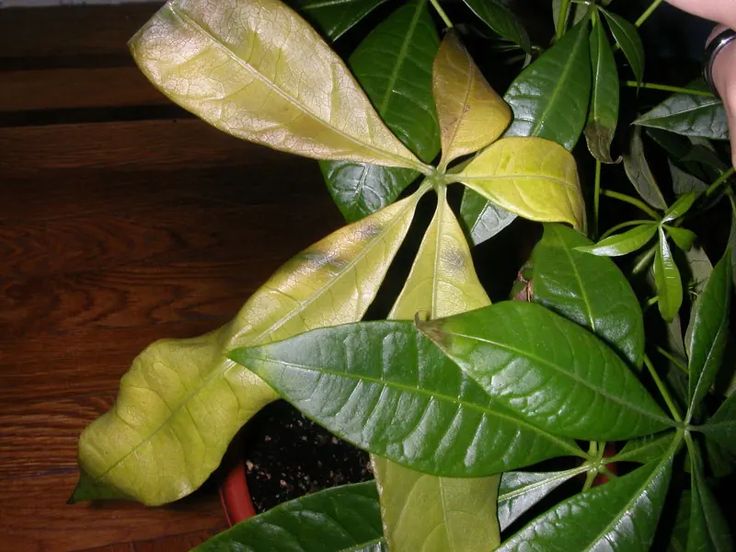
Frequently Asked Questions about Money Trees
Can a Money Tree survive if the leaves have already turned brown?
Yes, a Money Tree has the potential to survive even if the leaves have turned brown. However, it is important to identify and address the underlying cause of the browning to ensure the plant’s recovery. By providing optimal care and following the necessary steps outlined in this article, you can help your Money Tree regain its health and vitality.
How can I determine the cause of my Money Tree’s ill health?
Determining the cause of your money tree leaves turning brown ill health requires careful observation and consideration of various factors affecting the plant. Assess its growing conditions, including light, water, temperature, soil, and humidity. Additionally, inspect the leaves for any signs of pests or diseases. By evaluating these factors, you can narrow down the potential causes and take appropriate corrective measures.
Are there any non-reversible damages to a Money Tree?
While many issues with a Money Tree can be addressed and resolved, there may be instances where irreversible damage occurs. Severely damaged roots, extensive fungal infections, money tree leaves turning brown or prolonged periods of extreme stress can lead to irreversible decline. However, by providing proper care and addressing issues promptly, you can minimize the risk of irreversible damage and promote the long-term health of your Money Tree.



